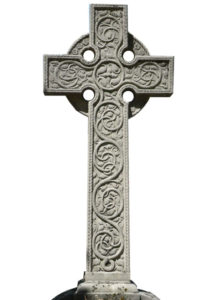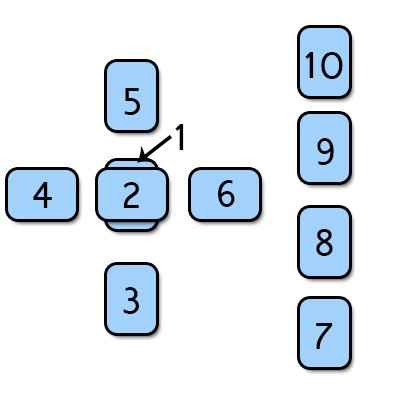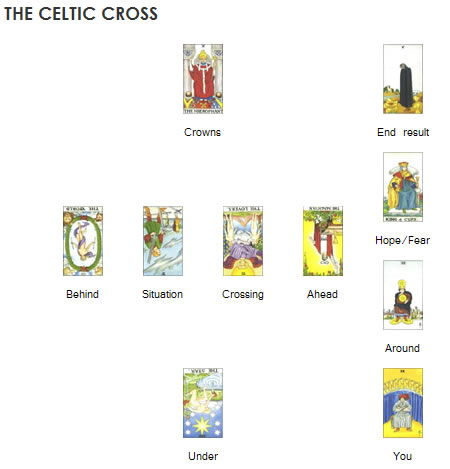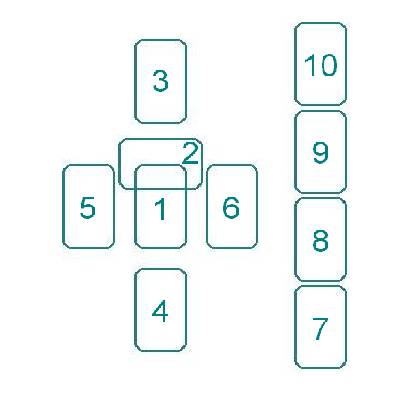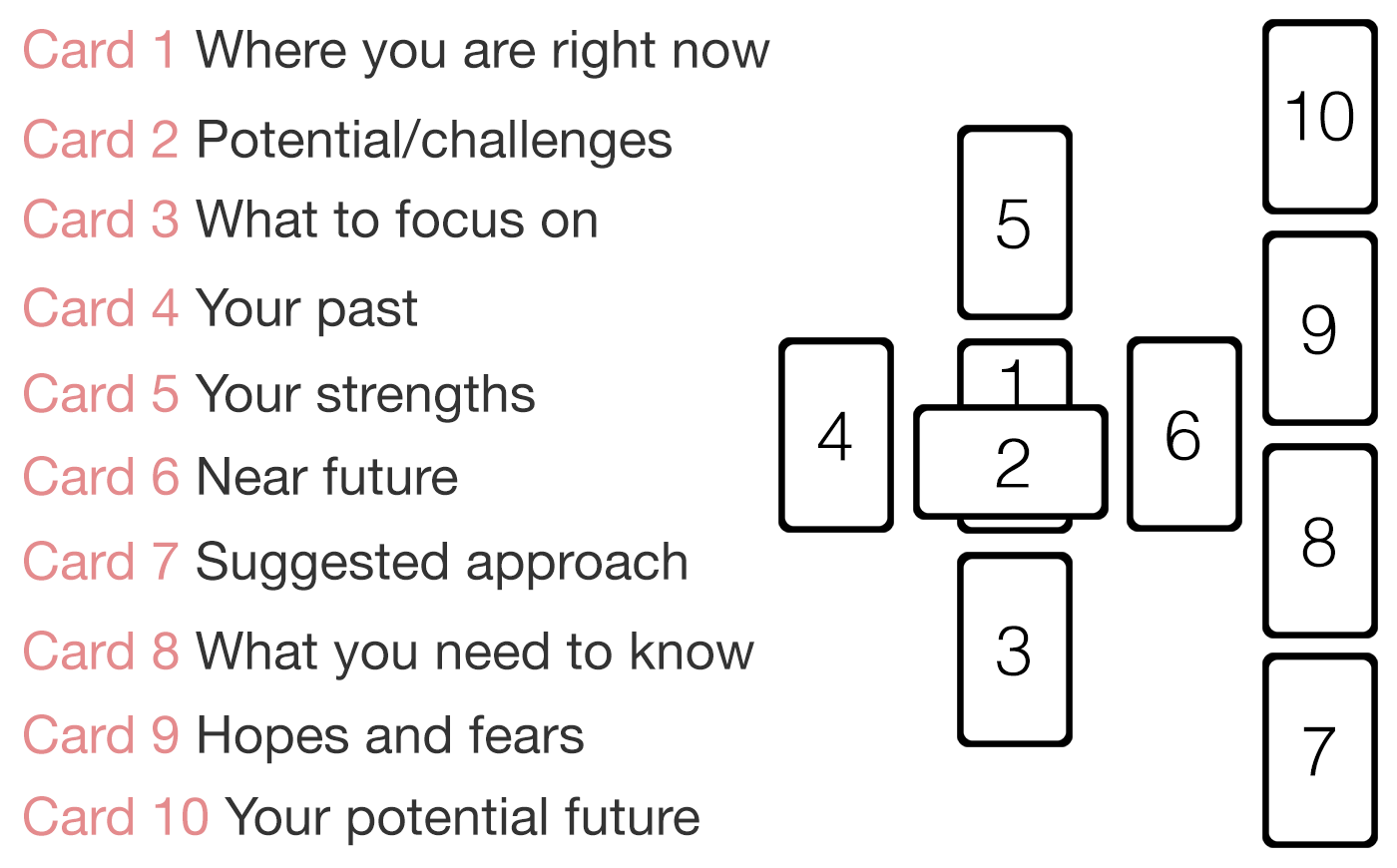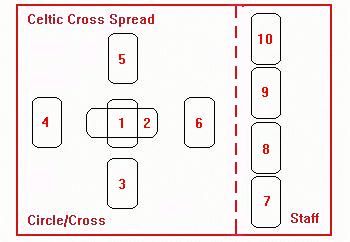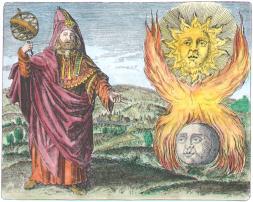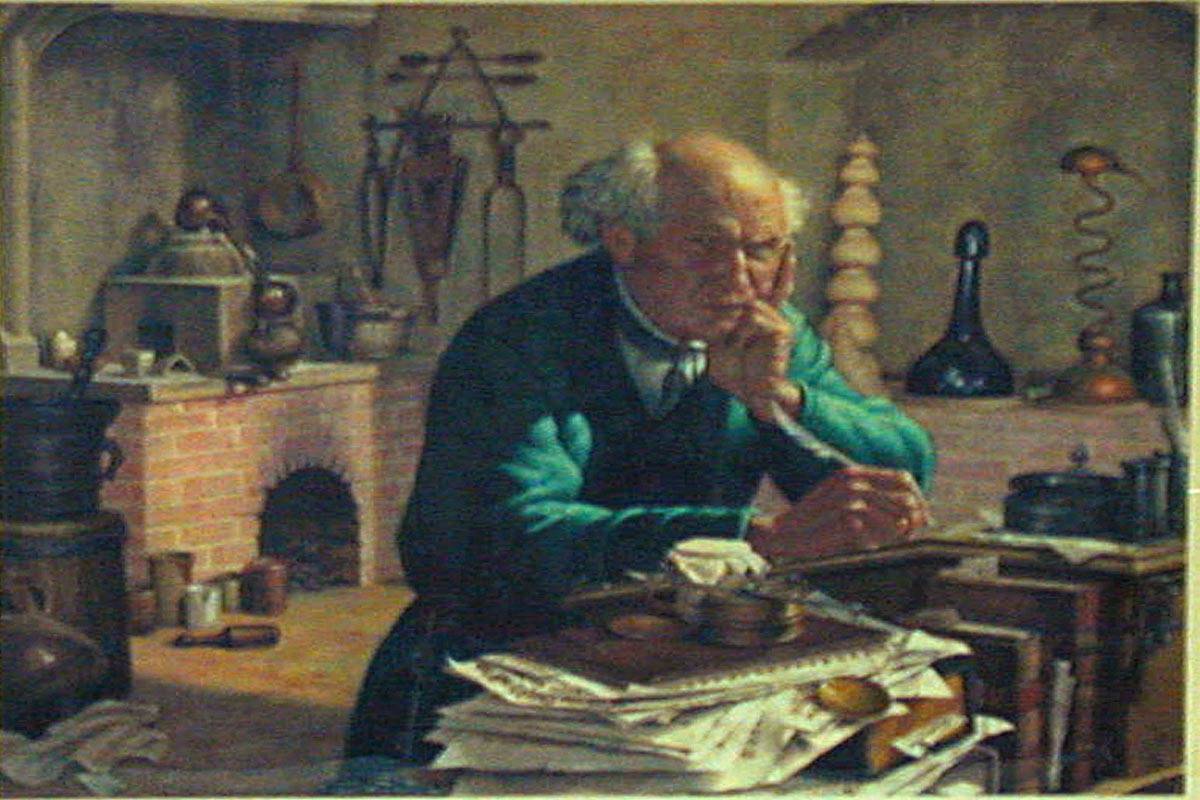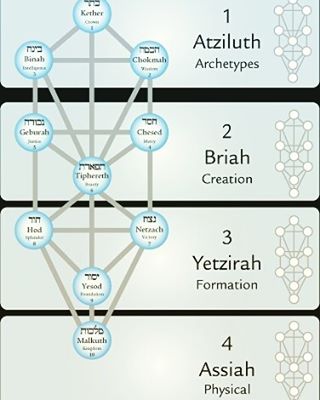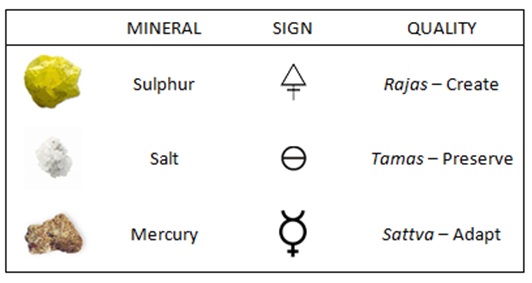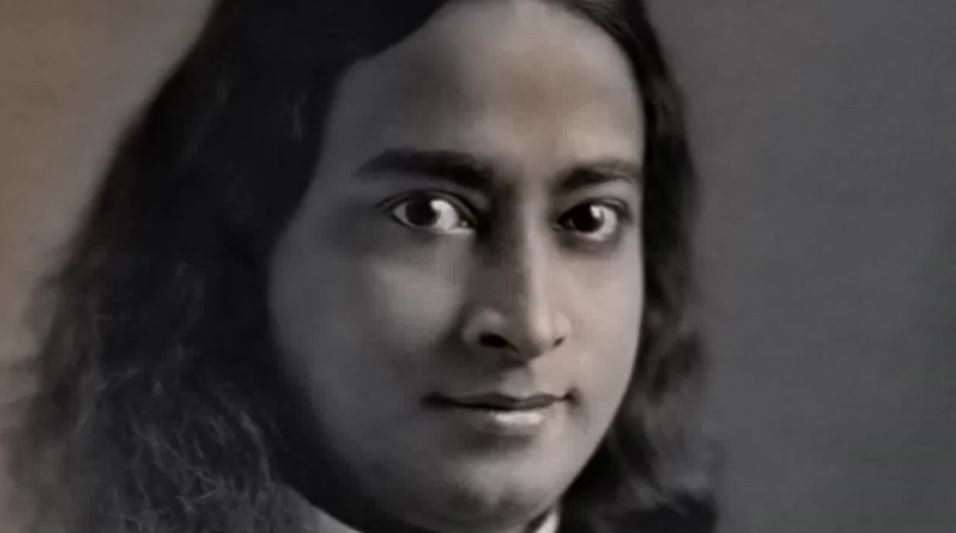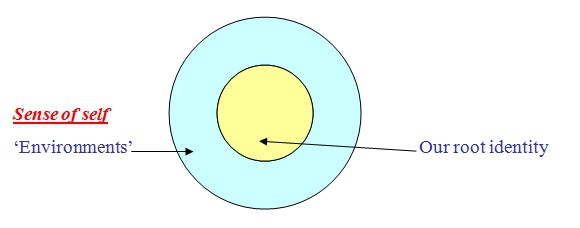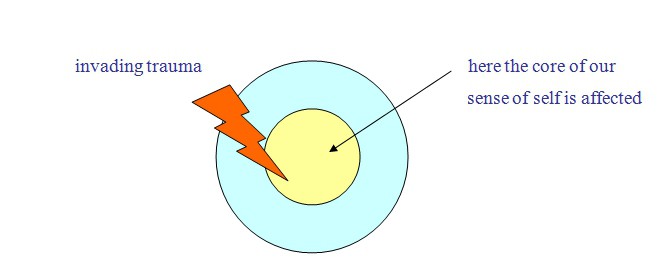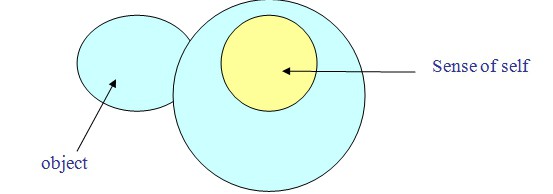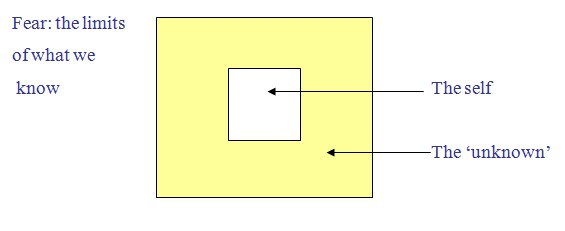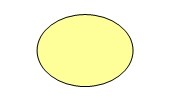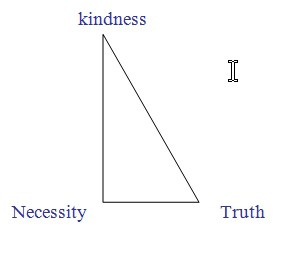Celtic Cross Tarot Spread Layout Video
My new YouTube channel is : Thoth Tarot Videos. The Celtic Cross videos are yet to be remade.
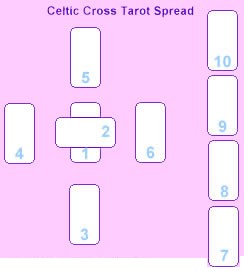
(ii) Origins of the Celtic Cross Tarot Spread
The Celtic Cross Tarot Spread can be found throughout Ireland as shown below and represents the union of spirit (circle) and matter (cross) and also the union of male (staff) and female (circle).
(iii) Layout and Card Positions of the Celtic Cross Spread
Card 1: Present Situation = represents what is happening to the querent at the present time and the core of what the situation revolves around.
Card 2: Conflicting Factors = represents the immediate challenge or problem facing the querent. This is the one thing that, if resolved, would make the situation much easier.
Card 3 : Unconscious Patterns/Influences = represents those thoughts or feelings that we may not be aware of that are influencing the present situation. This card may bring a surprise message to the querent, particularly if they are not particularly intuitive..
Card 4: The Past = events from the querents past that are influencing the current situation
Card 5: Conscious Goals/Aspirations = reflects the querent hopes to achieve with regards to the situation. It is what the querent is working towards consciously as they attempt to resolve the issue.
Card 6: The Future = represents what is likely to occur within the next few weeks or even months. This is not the final outcome, simply the next step on the journey.
Card 7: Your Approach = how you see yourself in the current situation. Need to assess this as it has a bearing on the situation in hand.
Card 8: External influences= This card highlights the people, energies or events which may affect the outcome of the question.
Card 9: Guidance or warning = factors which may need special attention from the quetrent when assessing future actions.
Card 10: Projected Outcome = representative of where the situation is headed and assumes the outcome is based on the querent continuing their current course of action. If this card is not a desirable outcome, it is within the free will of the querent to make the necessary changes to their situation and further card can also be drawn to clarify how to resolve any difficult endings to the spread.
(iv) Variations in the Card Positions in the Celtic Cross
There are different versions in the order and meaning of the cards in the Celtic Cross. The order above is the one I use for the reasons explained but one of the variations below may appeal to you for equally valid reasons of your own.
(a) Different names for the card positions such as ‘crowns’ and ‘under’ or ‘beneath’.
(b) Different order in which the cards are drawn
(v) Sections of the Celtic Cross Tarot Spread
The Celtic Cross can be divided into two sections: the Circle/Cross (cards 1 to 6) on the left, and the Staff (cards 7 to 10) on the right.
(a) The Circle and Cross Section
The Circle and Cross section is made up of two crosses:
a central one (cards 1 and 2)

The smaller cross represents the heart of the matter – what is most central to you at the time of the reading. It is the hub around which the wheel of your life is turning.
 The larger cross consists of two lines that overlay the mini cross. The horizontal line (H) shows time moving from your past on the left into your future on the right. The vertical line (V) is your consciousness moving from your unconscious on the bottom to your conscious mind on the top. Together these six cards give you a snapshot of your inner and outer environment at the time of a reading.
The larger cross consists of two lines that overlay the mini cross. The horizontal line (H) shows time moving from your past on the left into your future on the right. The vertical line (V) is your consciousness moving from your unconscious on the bottom to your conscious mind on the top. Together these six cards give you a snapshot of your inner and outer environment at the time of a reading.
This order of the spread makes most sense to me as unconscious thoughts/actions (card 3) and past events (card 4) shape present conscious thoughts/actions (card 5) influencing your future (card 6).
(b) The Staff Section
The cards of the Staff section shed light on your life and lie external to the immediate situation. Here, your Inner Guide helps you understand what is shown in the Circle/Cross section. Here guidance is found about yourself and others, your karmic lessons and your future direction.
In the next article we will explore a method of interpreting the Celtic Cross Tarot Spread using a sample reading.


